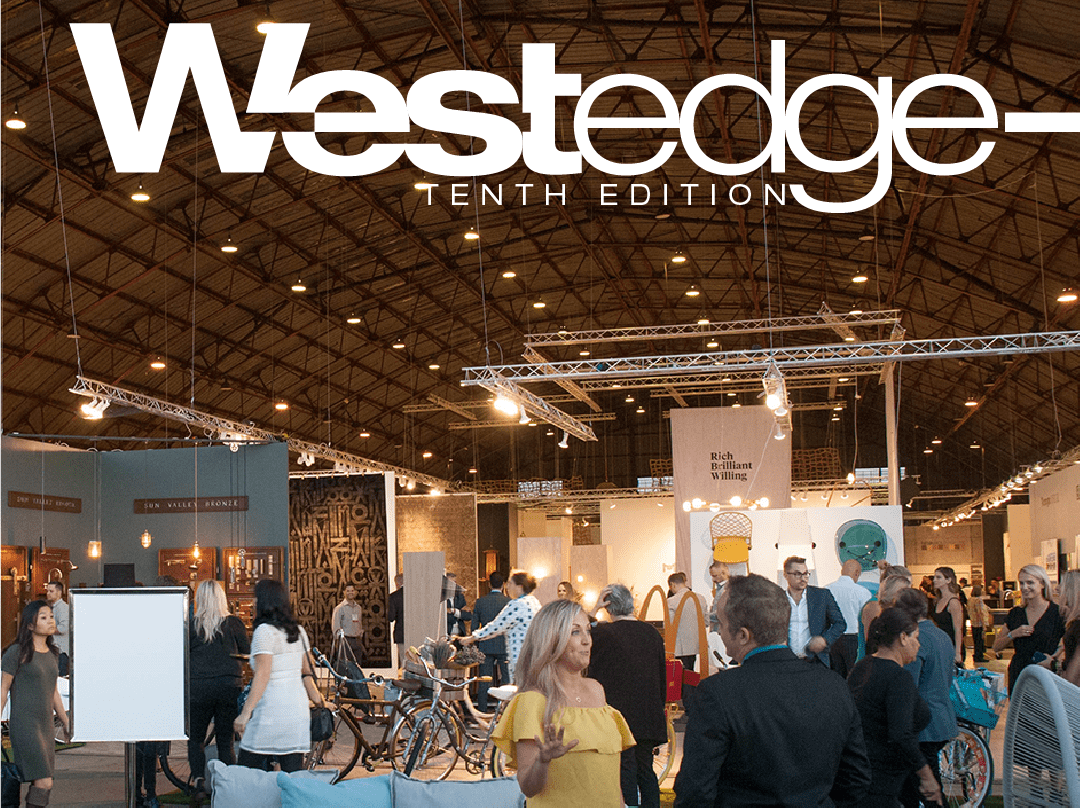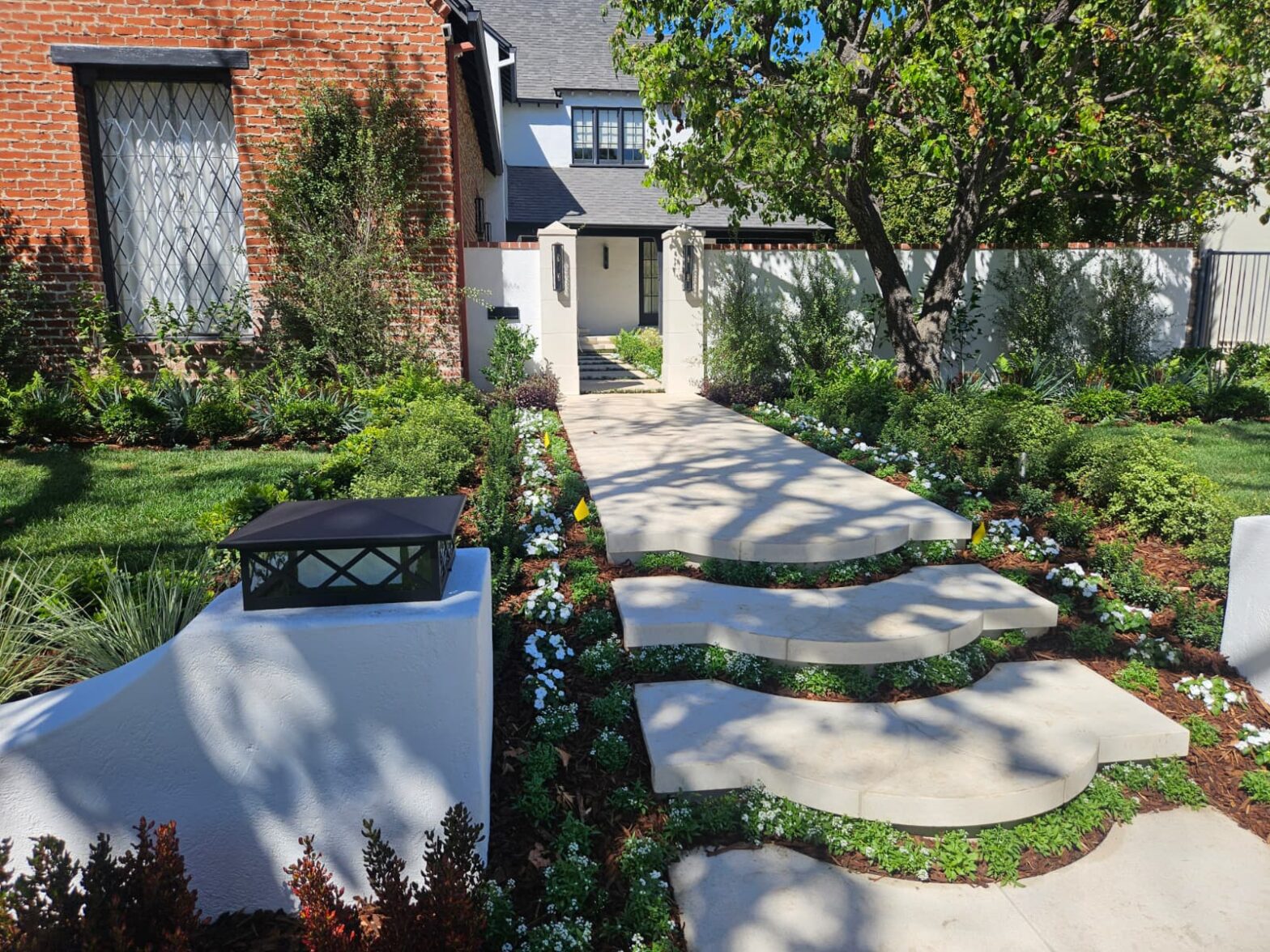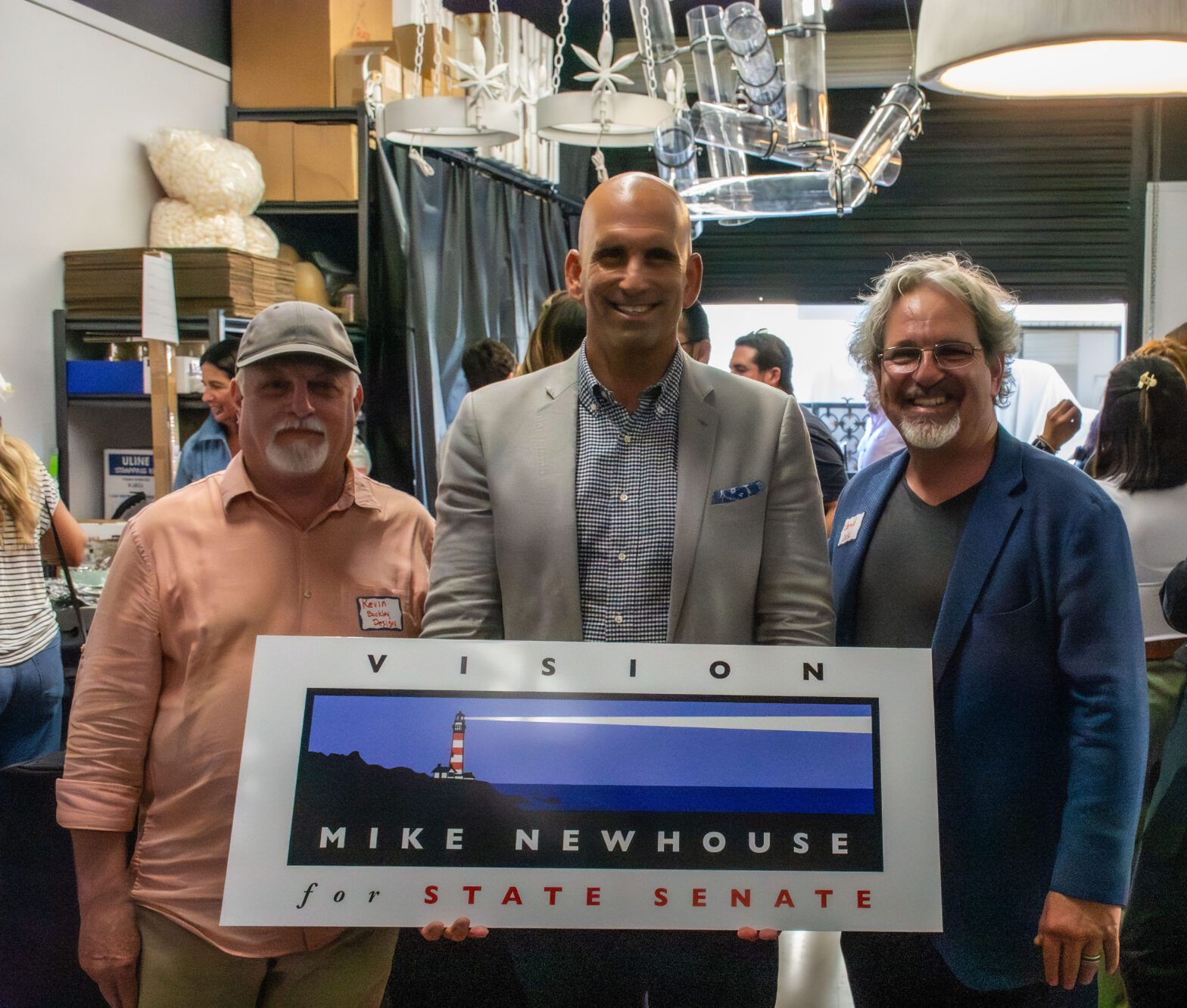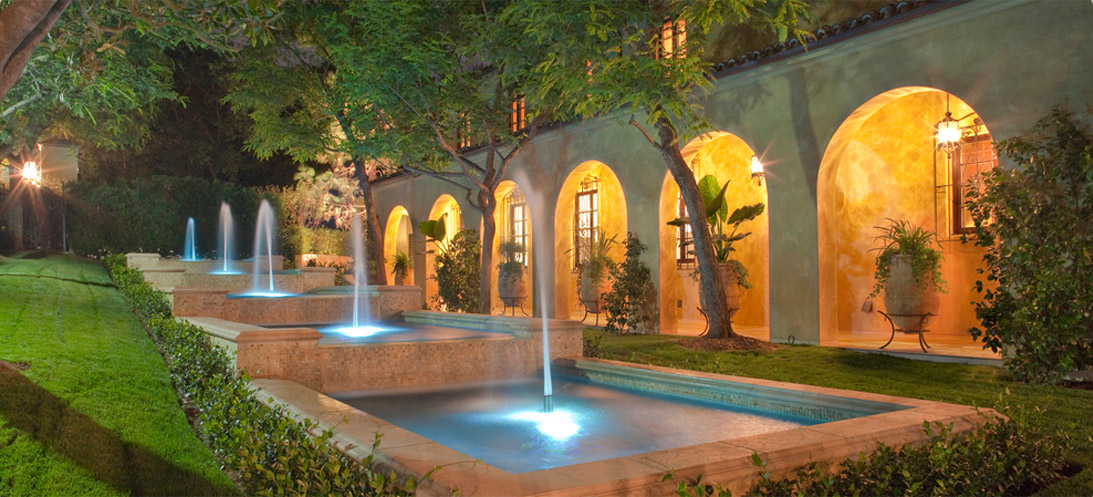Green Building Materials
By using green products and guidelines in your next building project, you can eliminate the waste of resources and help to combat global warming. Traditional building materials waste precious resources and take lots of energy. For your future projects, consider using products like these as well as other eco-friendly materials to help lessen your structure’s impact on the natural environment.
Insulation is intrinsically green because it helps increase energy efficiency in both homes and buildings by helping to maintain temperature. But some insulation is greener than others because of the materials used to make it. Denim insulation is an excellent replacement for traditional insulation materials. Bonded Logic’s UltraTouch Natural Fiber Insulation is made from 85% post-industrial cotton fiber. The insulation is treated with a fire retardant and is 100% recyclable, VOC-free, and formaldehyde-free. The denim comes from leftover scraps from manufacturers rather than being post-consumer, meaning its not as environmentally friendly, but definitely a big step in the right direction. Treehugger.com has some helpful advice about denim insulation here.
Nyloboard is a great company that provides a variety of applications in building. Nyloboard products provide insulation on both interior and exteriors, from floors to ceilings and anywhere else wood is traditionally used in building. Nyloboard’s patented manufacturing process combines recycled nylon fibers with synthetic resins. The result is a quality product that not only provides adequate insulation, it is also resistant to water, mold and insects, unlike traditional wood products. You can find Nyloboard here http://www.nyloboard.com/.
And of course, there are also the eco-friendly spacers we have previously mentioned on our blog. ECO Thinset tile spacers are about the greenest ‘widget’ on the market. The material is already used in the construction, as it is made from the same materials that are used to adhere the tile to floors or walls. Not to mention the fact that there’s no waste for landfills, like from the plastic on traditional tiles. And as an added bonus, you’ll save a lot of time and effort with installation. You can purchase Eco Tile Spacers here.
PaperStone is a product developed to cover surfaces. Products offered by PaperStone are made from post-consumer waste, recycled paper and proprietary, petroleum-free, phenolic resins. PaperStone makes great surfaces, for both indoor and outdoor use as well as both horizontal and vertical surfaces. The materials used to make PaperStone have high compression, impact and flexural strengths and are very abrasion resistant in addition to absorbing very little water. They are the products of choice in applications requiring high fire resistance (PaperStone has a Class A fire rating). All these attributes make PaperStone a green choice for kitchens, bathrooms and even skateboard ramps. PaperStone is available in two forms and is LEED certified. You can find out more about PaperStone by visiting their website at http://www.paperstoneproducts.net/.
Roofing is another eco-dilemna. While roofing provides insulation and coverage for homes, it is often made of non-renewable sources and coated in toxins. A green alternative to explore is EcoStar Roofing. EcoStar is a Carlisle Company which provides sustainable roofing options using rubber and plastics technology. EcoStar’s roofing are available in nine colors and six styles, and all are manufactured with up to 80% of post-industrial recycled rubber and plastics (from car bumper and baby diaper manufacturing remnants) and are highly flexible, sustainable and environmentally friendly to provide protection against the harsh elements and inclement weather conditions. You can find Eco-Star Roofing at http://www.ecostar.carlisle.com/.
Buying eco-friendly products helps economic and social betterment for the building’s inhabitants and help control global warming by limiting emissions from building materials.

















